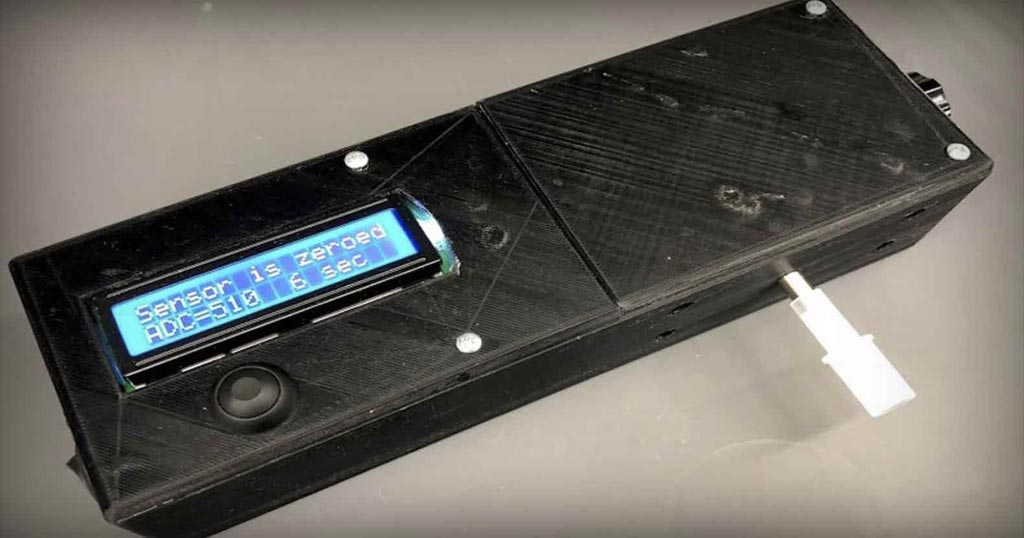Novel Breathalyzer Can Detect Marijuana Use
By HospiMedica International staff writers
Posted on 19 Sep 2019
An innovative hand-held breathalyzer can detect the levels of various breath compounds, including tetrahydrocannabinol (THC), the main psychoactive compound in the marijuana plant.Posted on 19 Sep 2019
Developed at the University of Pittsburgh (PITT; PA, USA), the hand-held breathalyzer is composed of semiconductor-enriched single-walled carbon nanotubes (s-SWCNTs) ink deposited in a dielectrophoresis process. The prototype device is similar to an alcohol breathalyzer, with a plastic casing, protruding mouthpiece, and digital display. Molecules in the breath, such as carbon dioxide (CO2), ethanol, methanol, acetone, water, and THC, bind to the chemiresistor nanotechnology sensors.

Image: A prototype breathalyzed can measure THC in a person\'s breath (Photo courtesy of PITT).
Enhanced selectivity toward THC over other, more volatile breath components was achieved by delaying the sensor reading, thus allowing their desorption from the surface. Once a THC molecule binds to the surface of the s-SWCNTs, it changes their electrical properties; the speed of electrical current recovery indicates whether THC is present, similar to or better than gold standard mass spectrometry. Machine learning (ML) algorithms were utilized to improve the selective detection of THC with better accuracy. A study describing the new breathalyzer was published on July 19, 2019, in ACS Sensors.
“In legal states, you'll see road signs that say ‘Drive High, Get a DUI’, but there has not been a reliable and practical way to enforce that,” said senior author professor of chemistry Alexander Star, PhD. “There are debates in the legal community about what levels of THC would amount to a DUI, but creating such a device is an important first step toward making sure people don't partake and drive.”
Marijuana, also known as Cannabis, is composed of dried buds and leaves of varieties of the Cannabis sativa plant. The two most active components in marijuana are THC, and cannabidiol (CBD). THC seems to cause the euphoria reported by users, and helps relieve pain and nausea and reduce inflammation. CBD can help treat seizures, reduce anxiety and paranoia, and counteract the THC high.
Related Links:
University of Pittsburgh














